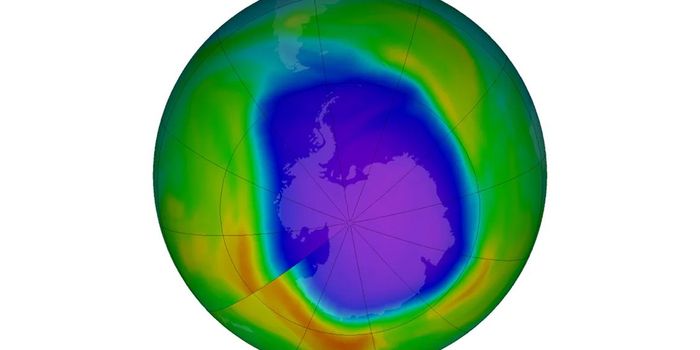The rising concern of aerosol particles
A study from Colorado State University scientists provides insight into the resiliency of aerosol particles, particles from wildfire smoke and car exhaust that threaten public health with poor air quality. The study, published in the Proceedings of the National Academy of Sciences, takes a look at how long aerosol particles stay in the air, information which can help with climate change models as well as air quality forecasts.
Aerosol particles influence climate by deflecting heat, which is why some climate engineers have theorized that stratospheric aerosol injection could help cool the planet. The consequences of that technology are far from being understood in part because we don’t fully understand how aerosol particles leave the air.
Delphine Farmer, an associate professor in the Department of Chemistry in the CSU College of Natural Sciences, aimed to address this gap in knowledge. “This work really highlights the importance and power of field measurements," Farmer said. "We can directly use observations from field studies to narrow the uncertainties in climate models, and to improve our understanding of climate-relevant processes."
"When a particle is emitted into the atmosphere, the amount of time it hangs out in the air depends on these removal processes," Farmer explains. This is crucial, she explained, because "the longer a particle hangs out in the atmosphere, the more opportunity it has to travel farther, or make clouds, or impact human health. So getting the removal process right is essential for predicting particle concentrations - and their effects."
Turbulence is one factor that the researchers knew affected aerosol particles – but they wanted to find out how this changed in different land and seascapes. Farmer says you can visualize the particles as if they are in an obstacle course; they have to avoid the obstacles in order to stay aloft in the air.
To figure out what obstacles were taking aerosol particles out of the air, the team used an ultra-high sensitivity aerosol spectrometer laser to count particles. They collected data from a pine forest in the Manitou Experimental Forest in Colorado, and in grasslands in the Southern Great Plains in Oklahoma in order to get a better grasp on particle-loss rates in the real-world.
"To me, the most exciting aspect of this work is that we are able to take real-world measurements over a forest and a grassland site and use them to directly improve our understanding of the climate system," Farmer said.
The team found that previous models have underestimated the amount of the PM2.5 aerosols in the air, those that are the most dangerous to human health, writing: "Our revised [number] increases surface PM2.5 concentrations by 11% globally and 6.5% over land." Their results also predict that there will be more aerosol effects than previously thought over certain land areas, including parts of North America, Europe, Asia, South America, Australia, and sub-Saharan Africa – in addition to a decrease of the aerosol effect over oceans.
Sources: PNAS, Eureka Alert









